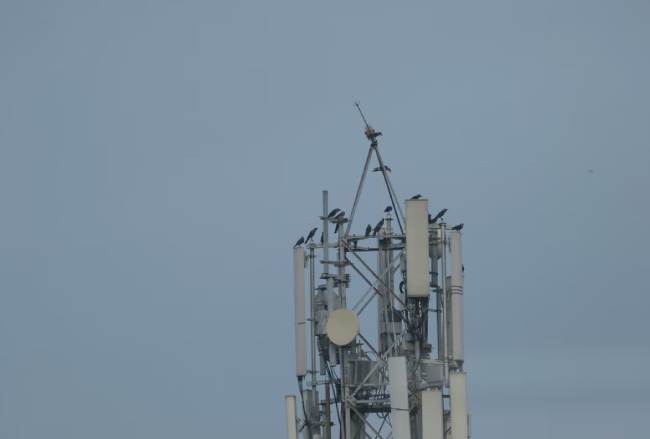5G services will be available in India very soon. The Union Cabinet, chaired by Prime Minister Narendra Modi, has finally approved the Department of Transport and Digital Infrastructure’s (DOT) 5G spectrum auction, which allocates spectrum to bidders to provide 5G services to the public and businesses.
According to the company, the 5G network will offer approximately ten times the speed and capacity of currently available 4G services.
But before we jump on the bandwagon, here’s everything you need to know about 5G and its offer.

What is 5G?
5G is the fifth-generation technology standard for cellular broadband networks. It was only introduced in 2019 as the successor to 4G. 5G extends 4G by offering higher bandwidth and faster data transfer. The speed of 5G can be comparable to that of domestic broadband solutions.
How Fast is 5G
With typical 4G connections, it can achieve up to 15 Mbps speeds. This speed is only possible if you are in an area with a good network connection. In comparison, the speed of 5G can reach 50 Mbps, or even Gbps in cases where the network connection is good. Yes, you read that right: Gbps. In theory, 5G can reach 10 Gbps.
Types of 5G
Low-frequency 5G: The low-frequency 5G spectrum should be considered a national coverage layer. It will be a base level for 5G. A low-band 5G tower transmitting on the same frequency as TV broadcasts can reach consumers within several hundred square kilometres, even in the most rural areas.
5G mid-band: 5G mid-band, which is six times faster than 4G LTE, is expected to be mostly available in large urban areas of the US. 5G mid-band offers services in smaller areas than 5G low-band, and data rates are higher because operators can allocate more resources in the mid-band.
5G high-band: 5G high-band networks are 10 times faster than 4G LTE bands. The high-frequency bands allow almost instantaneous transmission of messages but require proximity to a transmission tower.
This allows for higher data transfer rates.

5G on Smartphones
The speed of 5G on smartphones depends more on the device than on the 5G antennas. Suppose your phone has the bands to support the higher 5G bands. For example, the iPhone 13 supports the 5G high band, while the iPhone SE does not, so the speed is relatively low.
When will 5G start rolling out?
The 5G spectrum auction closing on 26 July does not indicate that 5G will be launched immediately. In the initial phase of 5G, telecom operators will charge very high prices for the technology, which is still in its infancy and barely available in large cities. Once the auction is over, the telecom operators will equip their infrastructure with 5G and start deploying it in the 13 cities as originally planned.
4G was first introduced in 2013, but the technology only came to light in 2016 with the emergence of Jio. It may take a year or two for 5G to catch on and be available in rural and urban areas.
What to do with your 4G sim cards?
I don’t do anything with them. 5G is still a long way off, and 4G is not about to disappear. 5G will depend on 4G until it is available to everyone.
Is 5G harmful to humans?
No scientific studies have shown that 5G is harmful to us, so there is no need to worry.


